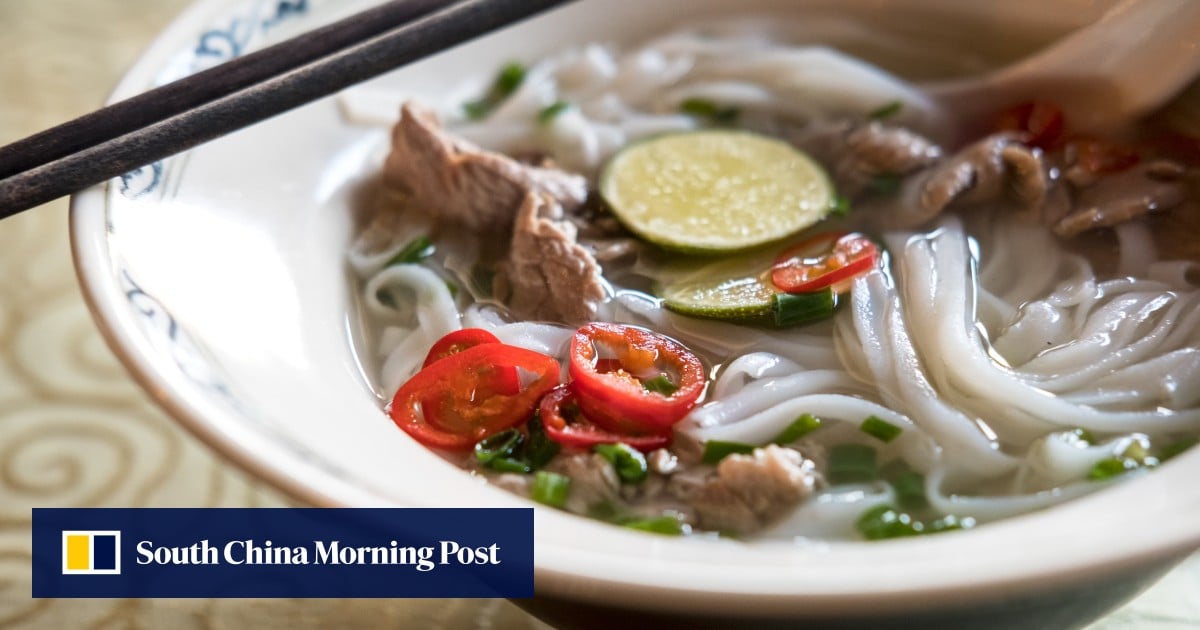Last year, Tung was asked to create a menu for the launch party of the inaugural Michelin Guide Vietnam (in which his restaurant is listed), and his bite-sized pho was the dish that generated the biggest buzz among attendees, most of whom were Vietnamese.
The dining area is on the first floor of his Tardis-like restaurant, but guests enter at street level, squeezing past the open kitchen that occupies most of the ground floor.
When I visit the restaurant on a Friday night, it is filled with tourists and locals.
Not just pho: 3 noodle dishes from Vietnam not to miss
Not just pho: 3 noodle dishes from Vietnam not to miss
The fact that pho is the star of the show at a restaurant that opens at 6pm is a reminder of the evolution of a soup once regarded as a breakfast dish.
The day before, I had risen early for breakfast at Pho Van, one of hundreds of hole-in-the-wall pho joints in Hanoi. Locals squatted on plastic seats alongside enormous saucepans, some containing noodles, others filled with coriander and chilli, which lends the soup its all-important kick.
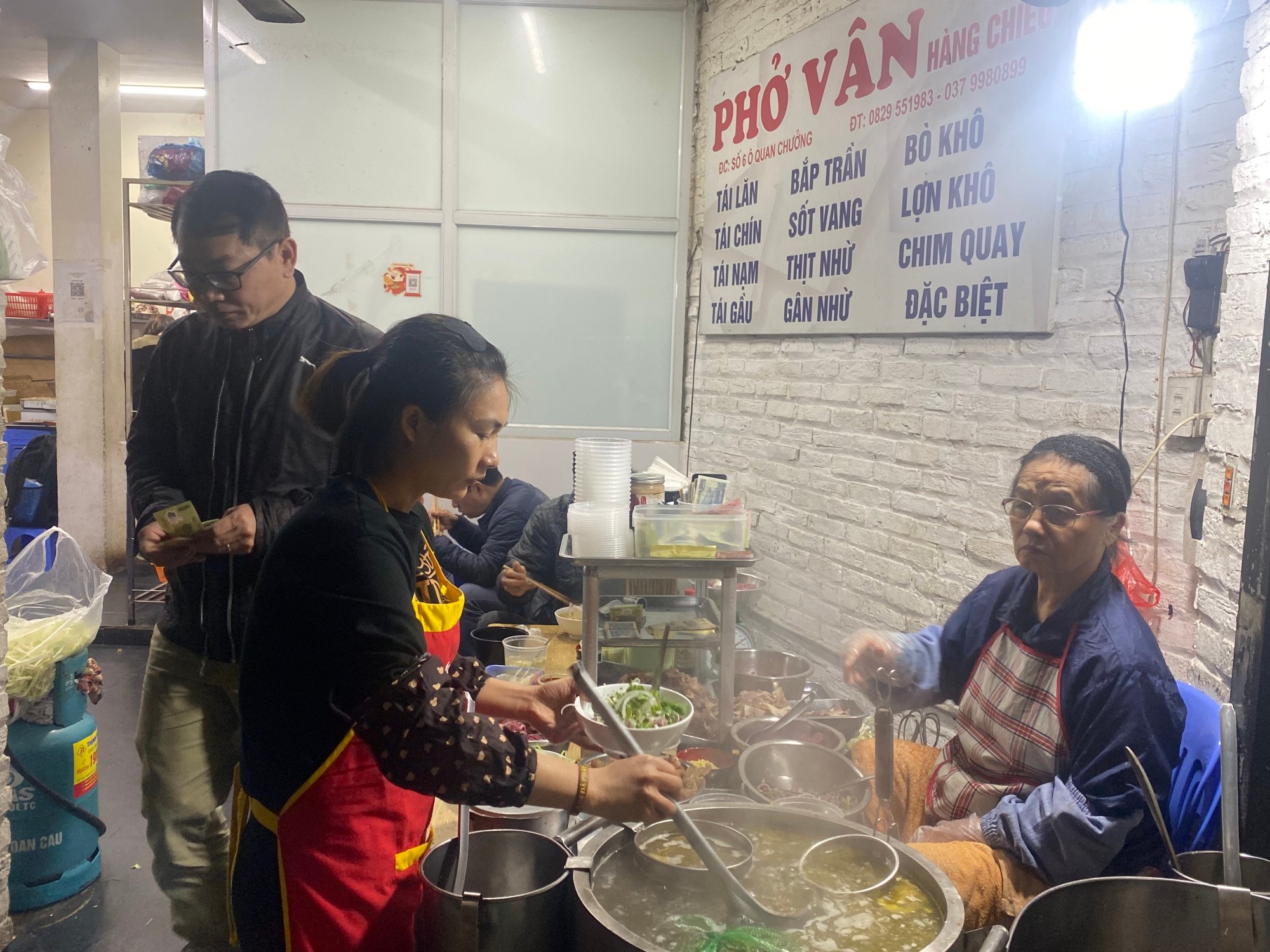
My bowl of pho, which cost less than US$1.25, came with a cup of lime wedges to squeeze over the broth for extra flavour, and chilli slices to ramp up the heat.
My neighbour, an elderly local hunched over his bowl, tells me this has been his preferred breakfast spot for years.
“Pho reminds me of my childhood,” he says. “The key thing is that the beef is prepared correctly – that it’s medium rare and not well done.”
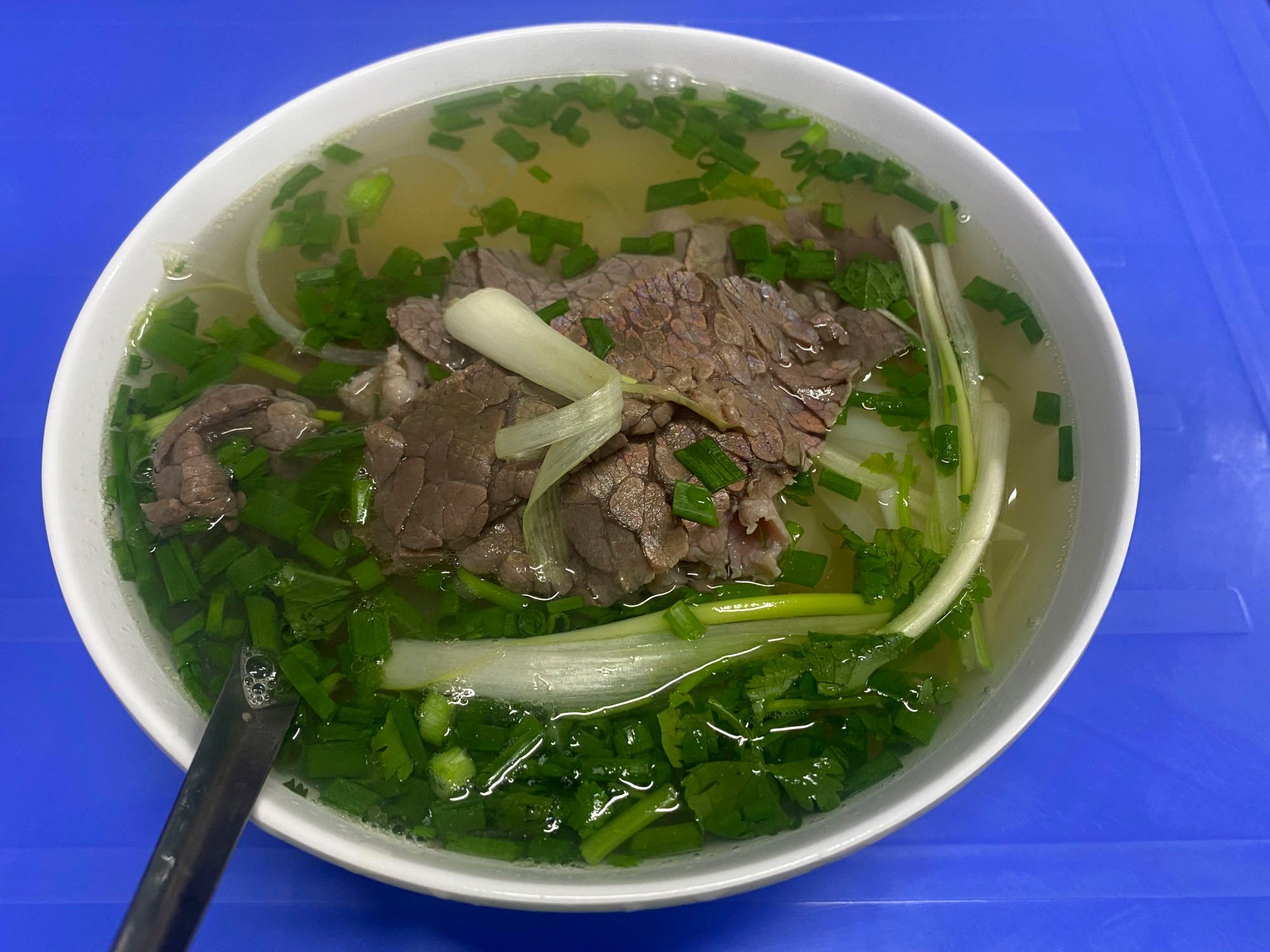
However, as proven at T.U.N.G Dining, change is afoot. Pho, with its energy-boosting mix of carbs, protein and spice, is now eaten throughout the day.
Additionally, a growing number of restaurants and street stalls now offer pho made with alternatives to the standard rare beef (bo tai).
Examples include pho made with flank steak (nam), brisket (gau) and wine-braised shank (bo sot vang).
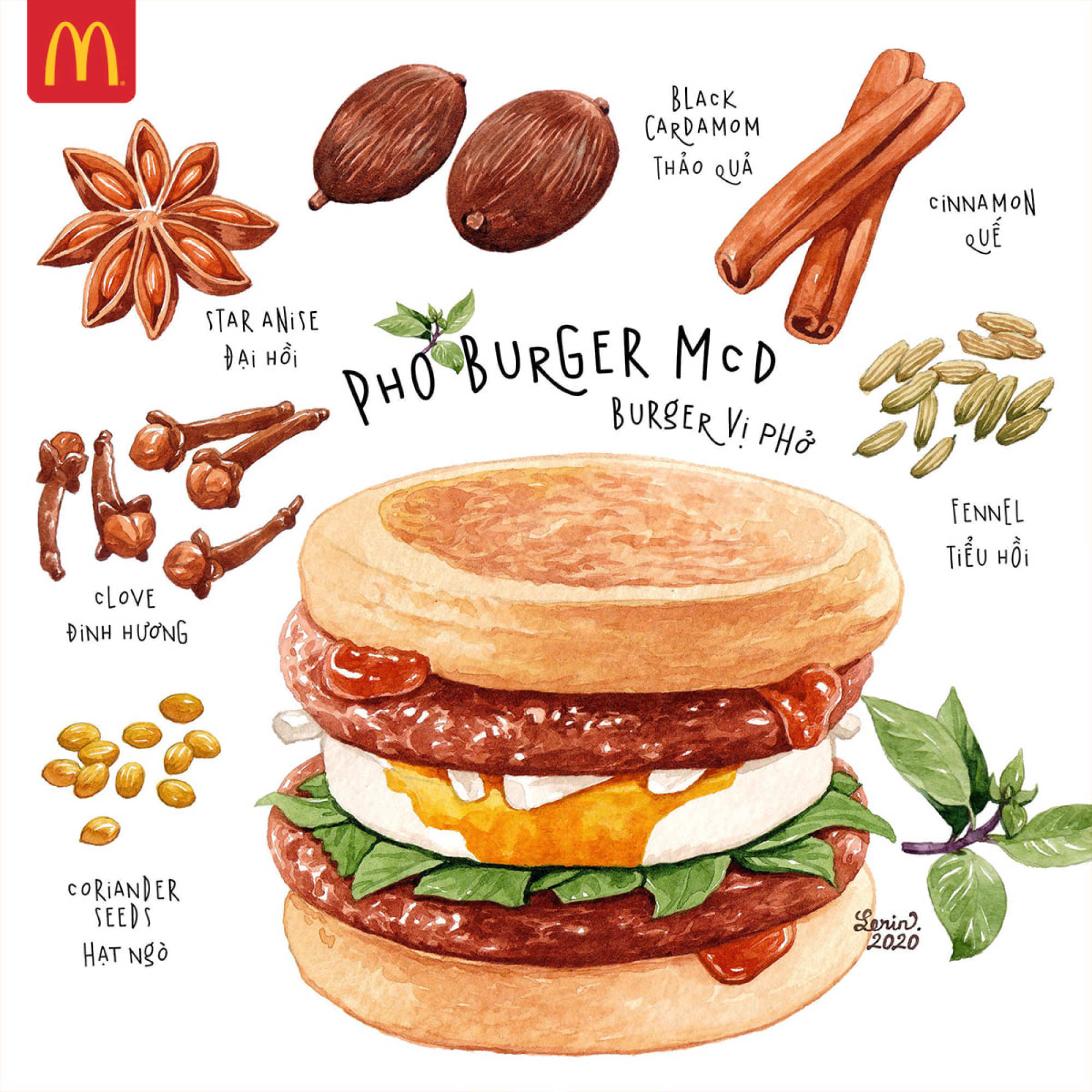
But there is a limit. In 2020, McDonald’s launched a pho burger – a beef patty drenched with a sauce made from pho broth concentrate. The sauce was flavoured with coriander and anise – spices often found in pho.
However, it was regarded as a step too far and, after a brief reappearance on Vietnam National Day in 2022, it disappeared.
Reinventing a dish famous for the freshness and balance of the ingredients as a mass-produced burger drenched in a sauce made from concentrate was never going to work.
The 5 best Thai restaurants in Hong Kong? Ask this second-generation Thai
The 5 best Thai restaurants in Hong Kong? Ask this second-generation Thai
The Vietnamese are known for putting new twists on classics – Hanoi is, after all, the birthplace of the banh mi, which dates back to the 17th century when French missionaries arrived armed with baguettes Vietnamese referred to as banh tay (“Western-style bread”).
These missionaries’ beloved pâté-filled sandwiches were a hit with the Vietnamese, who added a local twist (and reduced the cost of ingredients) by using less pâté and adding chilli and pickles. The result was the banh mi (“wheat bread”).
Further proof of this appetite for innovation is the growing number of fine-dining restaurants putting their stamp on pho.
You can invent new dishes inspired by pho, but I hope people refrain from labelling them as ‘traditional’.
With its opulent dining room, inspired by the Hanoi Opera House, it is one of the most luxurious spots for someone to sample a dish once served primarily at street food stalls.
Backstage’s version is prepared according to Tuyet’s strict instructions, and she visits almost daily for taste tests. It is deliciously simple, and I am surprised that there are none of the luxurious added extras I expected – it’s made with beef, spring onion, coriander and rice noodles.
Asia’s 50 Best Restaurants 2024: Tokyo’s Sézanne takes No 1, 8 in Singapore rank
Asia’s 50 Best Restaurants 2024: Tokyo’s Sézanne takes No 1, 8 in Singapore rank
Tuyet understands the desire to evolve the dish, but believes reinterpretations should be clearly distinguished from originals.
“If a dish is referred to as traditional, it means it represents a unique cultural aspect of a nation,” she says. “You can invent new dishes inspired by pho, but I hope people refrain from labelling them as ‘traditional’.
“Versions that are traditional should be about preserving cultural values connected with pho, to ensure they’re passed down through generations.”
I love pho because you can eat it whenever you want, and it’s flavourful, light and full of good stuff: spices, carbs and protein
She also believes that finding the perfect balance of ingredients is the most important factor.
“All of the ingredients are equally important – it’s a dish that requires a lot of focus, from simmering the broth so that it’s sweet and fragrant, to slicing the beef. Pho is only perfect when its fresh ingredients are harmoniously combined.”
Her view is shared by most Hanoi chefs. There’s also a sense that its selling point is its simplicity, and even the most innovative chefs seem to realise that pho would not be pho if it became too far removed from the original version.
Yes, Hoang’s tweezers might confuse traditionalists who flock to places such as Pho Van, and yes, the ingredients are luxurious – the tiny square of beef is Japanese Wagyu from Kagoshima – but Hoang’s main motivation is to honour a dish that is all about fresh, minimal ingredients and hearty goodness.
“I love pho because you can eat it whenever you want, and it’s flavourful, light and full of good stuff: spices, carbs and protein,” he says.
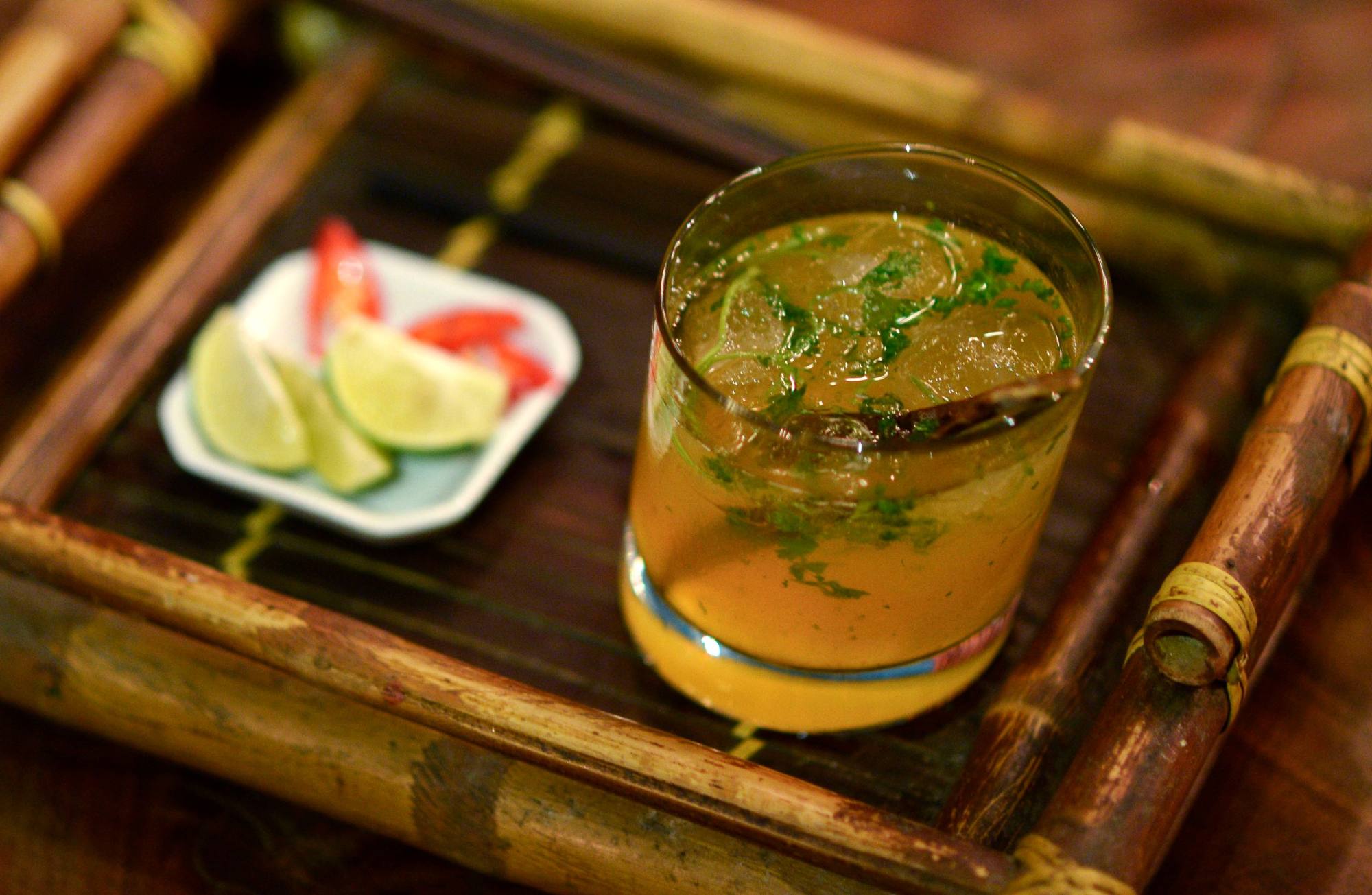
On my final night in Hanoi, I toast Vietnam’s national dish at Ne Cocktail Bar, famous for its pho cocktail. I am sceptical about how a meaty broth can be reinvented as a drink, but remind myself I once drank a (surprisingly delicious) banh mi cocktail in Ho Chi Minh City.
Plus, Ne Cocktail Bar’s pho cocktail was created by founder Pham Tien Tiep, once named Vietnam’s best bartender by Diageo.
Today, it’s the bar’s bestseller. A rum and Cointreau-based cocktail flavoured with anise and cardamom (both regularly used in pho), it comes with a double shot of drama.
Bye bye, bird’s nest: young Chinese diners pivot to ‘quiet’ luxury food
Bye bye, bird’s nest: young Chinese diners pivot to ‘quiet’ luxury food
The spirits are placed in a metal cup, while the spices are placed in another. The cups are rested on a metal stand, before a bartender’s blowtorch is used not only to heat the concoction but to set it alight.
The resulting cocktail, garnished with a cinnamon stick and served with red chilli slices to add as desired, has a wonderful smokiness and, like pho, is both sweet and sour.
“We created numerous versions before mastering the perfect recipe,” says Tiep. “No other soup could be transformed into a cocktail, and that’s because of the delicate balance of ingredients.”
It is deliciously fragrant and smoky, with a moreish hit of spice that has me placing a repeat order. And who knows? Something tells me perhaps even Tuyet would approve.

